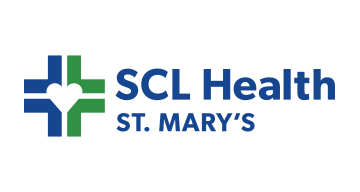

This joint presentation by NewYork-Presbyterian’s Columbia University Irving Medical Center and Weill Cornell Medical Center introduces an innovative paradigm in infusion management. Departing from traditional bifurcated leadership, the initiative pioneers a cohesive, multidisciplinary operations team that merges clinical and administrative expertise. This integration is particularly crucial for addressing complex infusion challenges, such as scheduling and the effective implementation of advanced software like LeanTaaS, ensuring a seamless transition from strategic planning to frontline execution.
The transformative impact of this approach is evident in the impressive outcomes achieved— a 17.1% reduction in average wait times, a 2.1% increase in patient satisfaction, improved capacity for same-day add-ons, weekday consistency, and 7,750 additional annual appointments. Beyond the tangible results, this proof of concept underscores the replicability and scalability of the model, showcasing its potential as a transformative solution for infusion management. This presentation offers valuable insights into the dynamic synergy achievable through collaborative, multidisciplinary approaches in the realm of infusion operations.








Take the first step towards unlocking capacity, generating ROI, and increasing patient access.
If you work in the healthcare industry, or even if you’re just an interested observer, you don’t need a book to tell you that the financial pressure is on as never before. A perfect storm of circumstances is swirling together, one that will make survivability, not to mention profitability, a greater challenge for healthcare companies than we’ve seen in the modern era.
As with banks, retailers, and airlines, which had to rapidly enhance their brick-and-mortar footprints with robust online business models—it is the early movers eager to gain new efficiencies that will thrive and gain market share. The slow-to-move and the inefficient will end up being consolidated into larger health systems seeking to expand their geographical footprints.
Let’s look at just a few of the looming challenges healthcare must meet head-on.
An aging population
By the year 2030, the number of adults sixty-five years of age or older will exceed the number of children eighteen years or younger in the United States. We are living longer than our parents did. Positive news for sure, but problematic for several reasons.
The older we get, the more medical help we need. Older people have more chronic diseases. By 2025, nearly 50 percent of the population will suffer from one or more chronic diseases that will require ongoing medical intervention. This combination of an aging population and an increase in chronic diseases will create a ballooning demand for healthcare services.